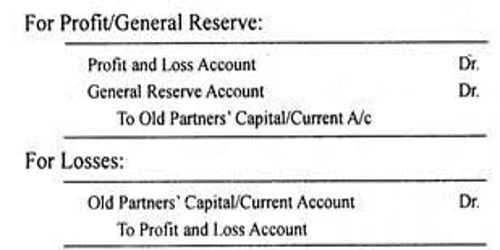Net Present Value (NPV)
Net present value (NPV) is a discounted technique, which considers the time value of money. It is the value in the presence of a sum of money, in contrast to some future value it will have when it has been invested at compound interest. In the business NPV is one of the most helpful tools available for financial decision making. It is the difference between the present value of cash inflows and the present value of cash outflows over a period of time. It is a method used to determine the current value of all future cash flows generated by a project, including the initial capital investment. It is also used in capital budgeting to compare projects based on their expected rates of return, required investment, and anticipated revenue over time.
NPV consider different period cash flow value differ in their values. So, the estimated cash flow must be converted into present value. It can be defined as the difference between the total present value and net cash outlay. If the NPV of a project or investment is positive, it means that the discounted present value of all future cash flows related to that project or investment will be positive, and therefore attractive.
The formula for NPV varies depending on the number and consistency of future cash flows. It is calculated by taking the difference between the present value of cash inflows and the present value of cash outflows over a period of time. It is determined as follows –
Net present value (NPV) – Total present value – Net cash outlay
Calculation Of Net Present Value (NPV)
Suppose,
The net investment = $ 50,000
Cash flow per year = $ 16,000
Period(No. of years)= 5 years
the minimum required rate of return = 10%
Required: Net present value (NPV)
Solution,
Net present value (NPV) = Total present value – Net investment = (16000 x 3.972) – 50000 = $ 10,656
Decision Rules Of Net Present Value
A. If projects are independent
- Accept the project with positive NPV.
- Reject the project with a negative NPV.
B. If projects are mutually exclusive
- Accept the project with a high NPV.
- Reject other projects.
Usually, NPV is used to estimate whether a certain purchase or investment is worth more in the long run than simply investing an equivalent amount of money in a savings account at the bank. It is used in capital budgeting and investment planning to analyze the profitability of a projected investment or project.
NPV analysis is a form of intrinsic valuation and is used extensively across finance and accounting for determining the value of a business, investment security, capital project, new venture, cost reduction program, and anything that involves cash flow. NPV takes into consideration the time value of money. The time value of money simply means that a rupee today is of more value today than it will be tomorrow.
















